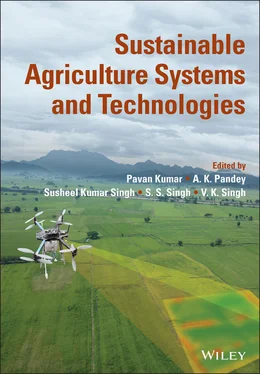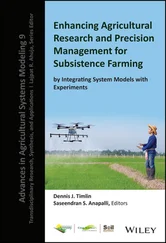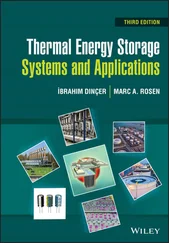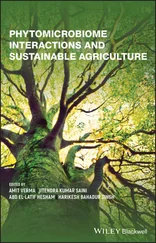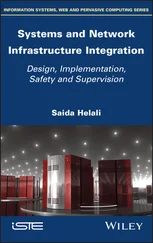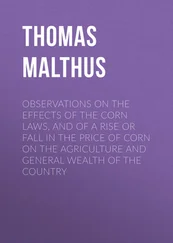Sustainable Agriculture Systems and Technologies
Здесь есть возможность читать онлайн «Sustainable Agriculture Systems and Technologies» — ознакомительный отрывок электронной книги совершенно бесплатно, а после прочтения отрывка купить полную версию. В некоторых случаях можно слушать аудио, скачать через торрент в формате fb2 и присутствует краткое содержание. Жанр: unrecognised, на английском языке. Описание произведения, (предисловие) а так же отзывы посетителей доступны на портале библиотеки ЛибКат.
- Название:Sustainable Agriculture Systems and Technologies
- Автор:
- Жанр:
- Год:неизвестен
- ISBN:нет данных
- Рейтинг книги:5 / 5. Голосов: 1
-
Избранное:Добавить в избранное
- Отзывы:
-
Ваша оценка:
- 100
- 1
- 2
- 3
- 4
- 5
Sustainable Agriculture Systems and Technologies: краткое содержание, описание и аннотация
Предлагаем к чтению аннотацию, описание, краткое содержание или предисловие (зависит от того, что написал сам автор книги «Sustainable Agriculture Systems and Technologies»). Если вы не нашли необходимую информацию о книге — напишите в комментариях, мы постараемся отыскать её.
A robust treatment of traditional and new techniques in sustainable agriculture Sustainable Agriculture Systems and Technologies,
Sustainable Agriculture Systems and Technologies
Sustainable Agriculture Systems and Technologies — читать онлайн ознакомительный отрывок
Ниже представлен текст книги, разбитый по страницам. Система сохранения места последней прочитанной страницы, позволяет с удобством читать онлайн бесплатно книгу «Sustainable Agriculture Systems and Technologies», без необходимости каждый раз заново искать на чём Вы остановились. Поставьте закладку, и сможете в любой момент перейти на страницу, на которой закончили чтение.
Интервал:
Закладка:

Figure 4.2 Recent and expected developments in the GDP of India since the fourth quarter (Q4) of the fiscal year 2018 (FY2018). The numbers shown are from the Reserve Bank of India (RBI), accessed 16 May 2020.
4.4 Government of India and Local Government Initiatives
The migration of people back to their native rural communities combined with a decline in market availability for and sale of produce (and the social and economic issues relating to both) reinforces the importance of having strong policies in place to tackle these challenges. Timeline of Finance Minister announces measures to strengthen agriculture, infrastructure, logistics, food processing sectors, capacity building, governance, and administrative reforms for agriculture, and Fisheries during lockdown restrictions in India ( Figure 4.2). The Indian Ministry of Finance help package under the existing Pradhan Mantri Garib Kalyan Yojana program specifically targets the poor to help them fight the battle against COVID‐19, to cope with the nationwide lockdown and it's financial consequences. The rate of wages in India has also been revised and increased for all those working under the Mahatma Gandhi National Rural Employment Guarantee Act (MNREGA). This scheme is one of the world's largest wage schemes. Finally, the GoI has recently established a program called the Prime Minister's Citizen Assistance and Relief in Emergency Situations (PM‐CARES) Fund, which was created on 27 March 2020. Hon'ble Narendra Modi is the chairman of PM‐CARES funds and that trustees include Minister of Home Affairs, Amit Shah, the Minister of Defence, Rajnath Singh, and the Minister of Finance, Nirmala Sitharaman. PM‐CARES aimed at building capacity to resolve national challenges caused by future pandemics for combating, and containment and relief efforts against the coronavirus outbreak and similar pandemic like situations in the future ( Figure 4.3). Due to the completeness of the lockdown and primary focus on stopping the spread of the disease, consumers, agricultural marketers, farmers, daily wage earners, and other stakeholders suffered enormously.
4.5 The Economic Challenges of Local Farmers
India is an agricultural sector country and about 263 million people are directly engaged in farming in which only 45% have their own cropland. Rest 55% peoples rely on other nonagricultural occupation for their livelihood (Lowe and Roth 2020; Mahendra Dev and Sengupta 2020). Before COVID‐19, the part of the GDP of India stemming from the agricultural sector experienced growth rates at around 3.2% per year for six continuous years from 2014 to 2019 and expected a similar growth of between 2.4 and 3.7% from the fiscal year 2019 (FY19) to the fiscal year 2020 (FY20) (National Statistical Office of India). This expected growth has been replaced by a sharp decline of about 5% in the first quarter (Q1) of the 2020 fiscal year (FY) due to the lockdown (FAO 2020). Trends in the agricultural part of the GDP of India can largely be attributed to variations in wages in the agricultural sector and hence to the operation of local farming systems. Figure 4.4compares recent variations of the average wage related to agricultural activities (“agri wages,” blue curves) vs. the average wage related to nonagricultural activities (“nonagri wages,” brown curves) in India's rural areas (i.e. “rural wages”). The average wages are here differentiated into nominal and real wage, respectively. In general, progression in the real wage is linked to changes in the overall national GDP of India, whereas progression in nominal wages relate to the market conditions for agricultural products.

Figure 4.3 Timeline of Finance Minister announces lockdown restrictions in India.
Source : https://prsindia.org.
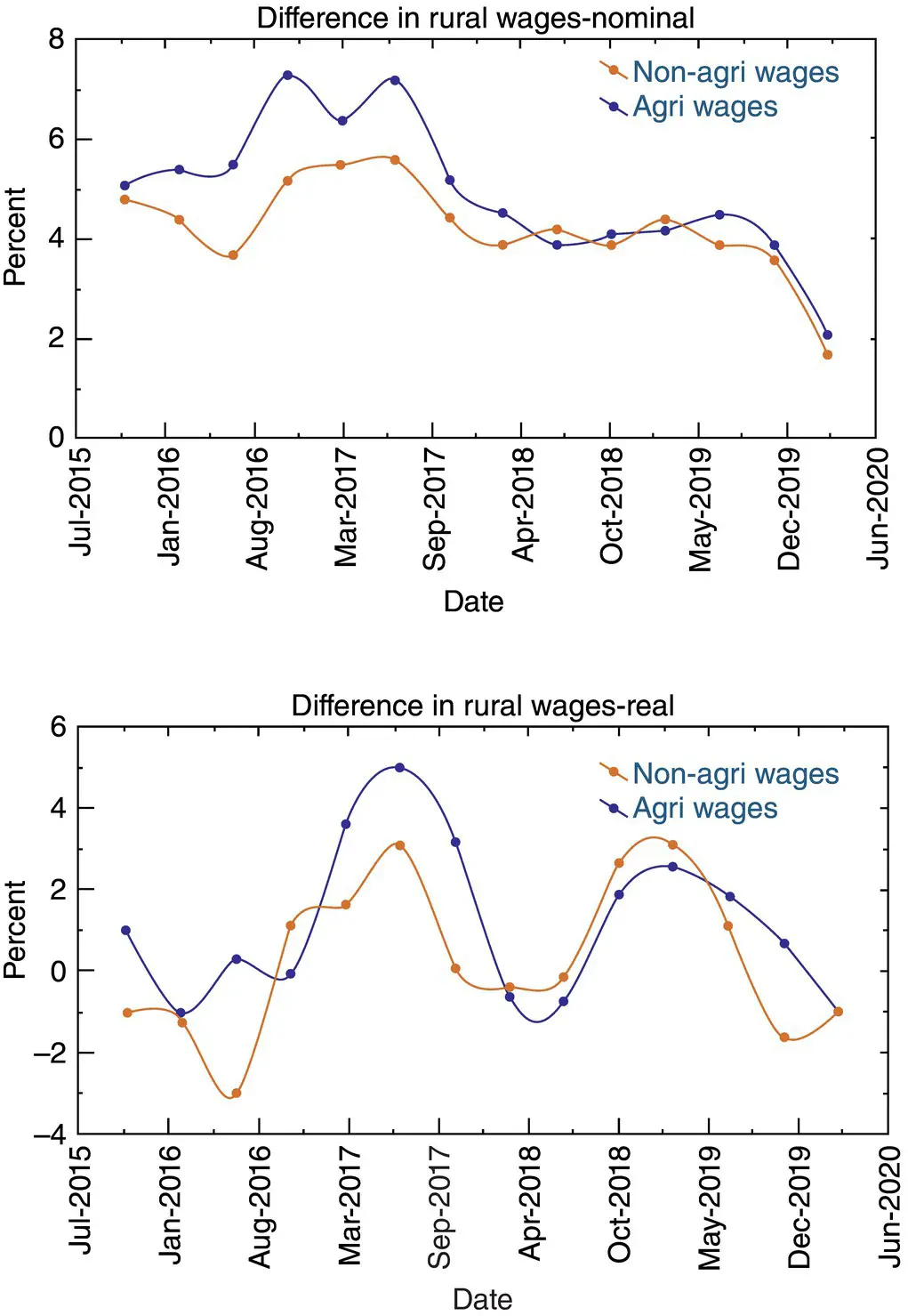
Figure 4.4 (Top panel) Variations in the average nominal wage (agriculturally related vs. nonagriculturally related in rural areas). (Bottom panel) Variations in the average real wage in rural areas based on data from RBI, accessed 16 May 2020. ( See insert for color representation of the figure .)
From 2015 to 2020, the average nominal wage has decreased from 4.3 to 0.86% ( Figure 4.2). Meanwhile, the real wage exhibited large fluctuations but as of December 2019 is negative for both the agricultural wage and nonagricultural wage. As expected this is synchronized with the drop in the national GDP of India seen from 2018 to 2019 ( Figure 4.1). Meanwhile, the former seems to suggest that the current agricultural production in India is substantially higher than the demand. Combined, the data depict a situation, where despite an overall longtime positive growth of the Indian agriculture.
4.6 Impact on the Economy of Indian Farmers
The Ministry of Health and Family Welfare has confirmed a total of 15 500 active cases of COVID‐19 with 592 cases of death in India by 21 April 2020 ( www.mohfw.gov.in). The Prime Minister of India has already declared a nationwide “lockdown” on 24 March 2020 and now extended till 03 May 2020 (Phase 1: 25 March 2020–14 April 2020 [21 days] and Phase 2: 15 April 2020–3 May 2020 [19 days]). This lockdown has definitely impacted the farmers and farming operations because it coincides with the harvesting period of Rabi crops in the month of April/May 2020. The agricultural sector of India is encountering serious issues in hiring laborers. Since agriculture produce is an essential commodity, it is exempted from the directives of this lockdown, which is creating many problems to this sector, i.e. cutting and harvesting of rabi crops, other seeds and pulses, main associated issues storage and sale of crop in the mandi markets (Varshney et al. 2020b). The Indian agricultural sector, which suffered recently due to an uneven rainfall, is facing another hit due to disruption in activities as a consequence of the lockdown ensuing from the outbreak of COVID‐19, because the harvesting season for Rabi crops is progressing rapidly, raising concerns regarding the management of matured crops by the farmers. However, the Ministry of Agriculture and Farmers' Welfare and Indian Council of Agricultural Research (ICAR) have released advisories involving crop, livestock, horticulture, and related enterprises in the wake of COVID‐19 spread and, accordingly, practices specific to the state have been also suggested, considering the current situation. Experts of Krishi Vigran Kendras (KVKs) of the state have also circulated these advisories further among the farmers through mobile messaging, WhatsApp, and other interventions through the use of social sites. So far, in the state of Uttar Pradesh, a total of 679 related messages and advisories have been circulated by the KVK experts using Kisan Call Centers (Varshney et al. 2020a), mKISAN, and WhatsApp benefitting approximately 65 thousand, 4.20 lakh, and 49 thousand farmers, respectively.
With an increase in the severity of the global pandemic and subsequent rise in the cost of human life due to SARS‐CoV‐2, outbreak of the novel COVID‐19 is adversely impacting the world economy (Kumar et al. 2020). India has been severely impacted by the SARS‐CoV‐2 outbreak (Singh et al. 2020), thus magnifying the preexisting risk to its outlook. However in the next kharif season agriculture practices are impacted due to nonavailability of agro‐based economy, storage and prevailing state of COVID‐19 disease (Kumar et al. 2020). The agricultural sector has been adversely affected due to the lockdown ensuing from the outbreak of COVID‐19. This nationwide lockdown has impacted the economic system. The World Bank, in its South Asia Economic update report, while assessing the impact of the COVID‐19 outbreak, has estimated the Indian economy to decelerate to 4.8% in 2020 and projected a sharp growth deceleration to 2.8% in a baseline scenario in fiscal 2021.
Читать дальшеИнтервал:
Закладка:
Похожие книги на «Sustainable Agriculture Systems and Technologies»
Представляем Вашему вниманию похожие книги на «Sustainable Agriculture Systems and Technologies» списком для выбора. Мы отобрали схожую по названию и смыслу литературу в надежде предоставить читателям больше вариантов отыскать новые, интересные, ещё непрочитанные произведения.
Обсуждение, отзывы о книге «Sustainable Agriculture Systems and Technologies» и просто собственные мнения читателей. Оставьте ваши комментарии, напишите, что Вы думаете о произведении, его смысле или главных героях. Укажите что конкретно понравилось, а что нет, и почему Вы так считаете.
